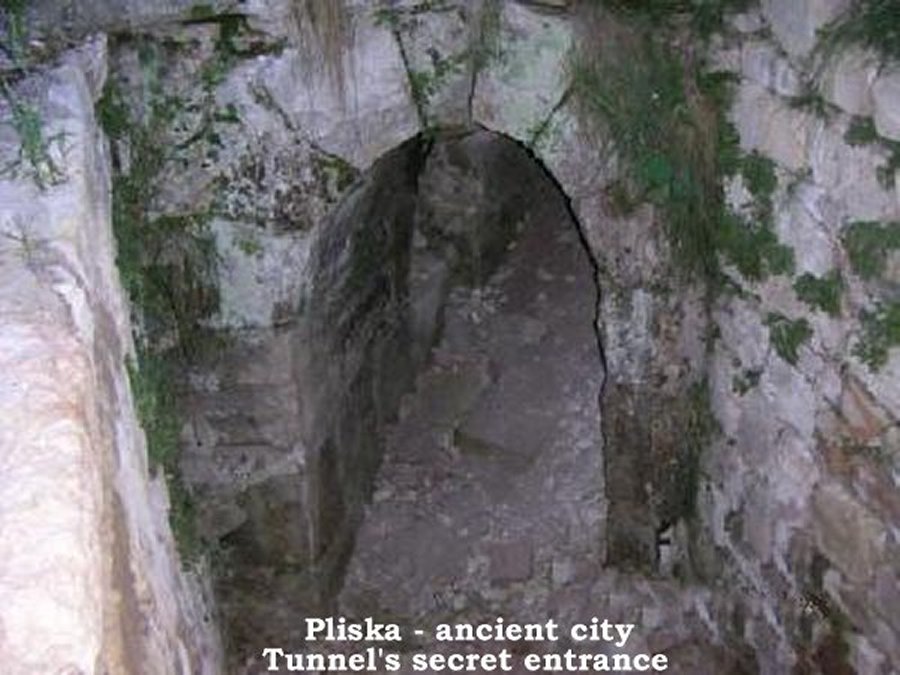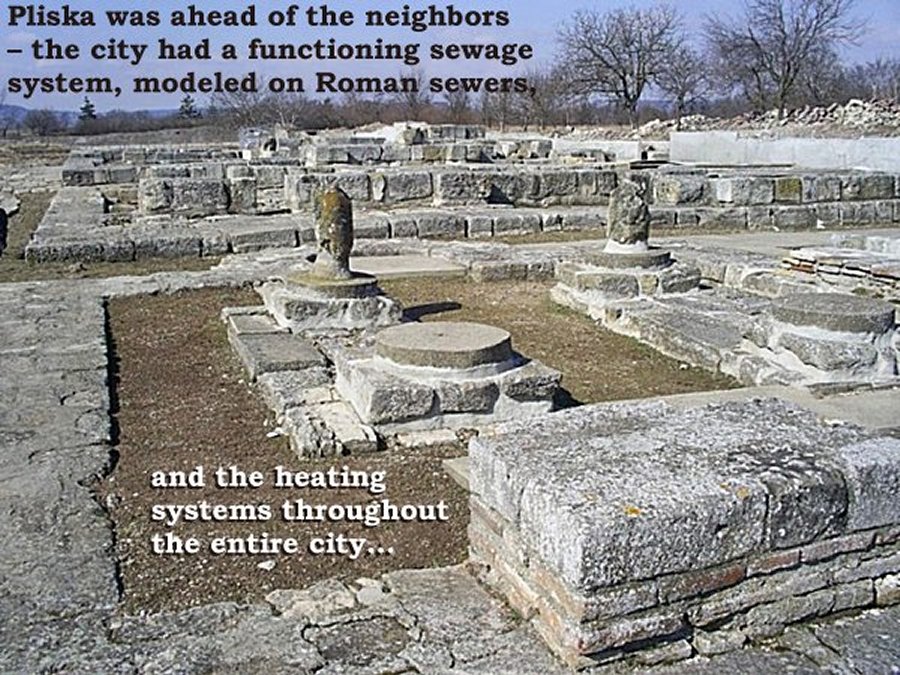Pliska: Ancient City Ahead Of Its Time With Secret Underground Tunnels, Sewage And Heating Systems
A. Sutherland - AncientPages.com - Ancient city of Pliska was once the capital of the First Bulgarian Empire after the Ancient Bulgars shifted the center of their state from the lands of the so called Old Great Bulgaria, located north of the Black Sea to the wider Lower Danube region in the second half of the 7th century AD.
Pliska - very old city with a fascinating history - was the capital in 680-893 AD. Archaeological discoveries have confirmed that Pliska was settled much earlier than previously thought.
Before the arrival of the Ancient Bulgars, the area is known to have been settled by Slavs.
Not long ago, archaeologists uncovered a network of ancient secret tunnels under Pliska. Interestingly, one of the entrances to the secret tunnels, is only constructed of wood, with the planks, well cut and covering exactly the entrance to the tunnel.
Despite that the structure survived a fire since early Medieval times.
Researcher Mariela Inkova explained that "the wooden boards finish at the doors that served as a paneling and they are just cut in line with the width of inputs, you can see the gaps between well-ordered leveling boards that end up vertical doors of this entrance.
However, these ancient boards are a clear proof of the burning of Pliska by the armies of the Byzantine emperor Nikephoros I who conquered the city in 811 AD.
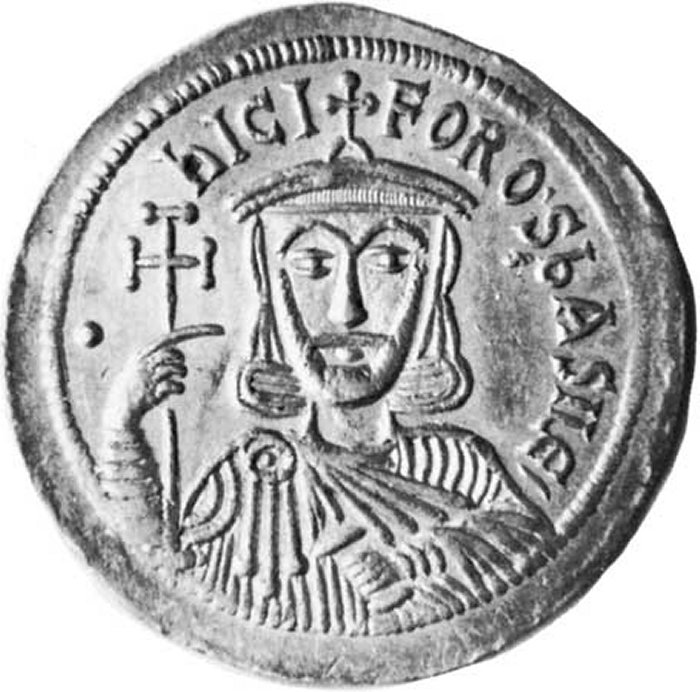 Nikephoros I - Byzantine Emperor from 802 to 811 AD, killed in the Battle of Pliska. Image via Britannica
Nikephoros I - Byzantine Emperor from 802 to 811 AD, killed in the Battle of Pliska. Image via Britannica
The capital of Pliska was constructed in an area of 23 square kilometers, and had a moat and ramparts surrounding the outer walls. These were constructed with stability, longevity, and indispensable strategic details.
An important structure of Pliska was the fortified residency of the Bulgarian Khans and
crown princes - the so-called Inner Town. First wooden palace buildings were later rebuilt with bricks, chiseled stones and mortar.
In 811 Pliska was conquered by the army of Byzantine Emperor Nikephoros I. Refusing to take any chances against Byzantine invaders, even the inner walls of the capital were over 2.5 meters thick, and were built to about 12 meters high.
Pliska was ahead of the neighbors in plenty of ways - the city had a functioning sewage system that was modeled on Roman sewers, and the heating systems throughout the entire city ensured that the people were kept safe and warm throughout the harsh winters. Fortress walls surrounded the city, both inner and outer, and at each corner there was a cylindrical-shaped tower for lookouts and nightly watchmen.
What was the purpose of the Pliska's tunnels? Could they serve as a shelter, a protection against attacking armies of enemy? The underground network of the city's tunnels has certainly much more to reveal.
Written by A. Sutherland - AncientPages.com Staff Writer
Copyright © AncientPages.com All rights reserved. This material may not be published, broadcast, rewritten or redistributed in whole or part without the express written permission of AncientPages.com.
Expand for referencesReferences:
J. Henning, Post-Roman Towns, Trade and Settlement in Europe and Byzantium
P. Sophoulis, Byzantium and Bulgaria, 775-831
More From Ancient Pages
-
 Anchor Church Caves – Has The Home Of Anglo-Saxon King Eardwulf And Saint Hardulph Been Found?
Archaeology | Jul 23, 2021
Anchor Church Caves – Has The Home Of Anglo-Saxon King Eardwulf And Saint Hardulph Been Found?
Archaeology | Jul 23, 2021 -
 Unknown Ancient History Of Antarctica And It’s Lost Civilization – Secrets Beneath The Ice
Featured Stories | Sep 7, 2015
Unknown Ancient History Of Antarctica And It’s Lost Civilization – Secrets Beneath The Ice
Featured Stories | Sep 7, 2015 -
 Alux: Little Mythical Troublemaker And Guardian Of Corn Fields In Mayan Folklore
Featured Stories | Jun 11, 2019
Alux: Little Mythical Troublemaker And Guardian Of Corn Fields In Mayan Folklore
Featured Stories | Jun 11, 2019 -
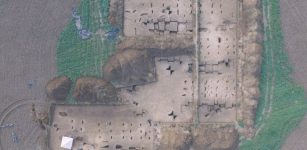 Why Were Neolithic Houses Always Built Counterclockwise?
Archaeology | Jan 13, 2020
Why Were Neolithic Houses Always Built Counterclockwise?
Archaeology | Jan 13, 2020 -
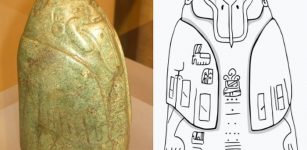 Strange Tuxtla Statuette And Its Undeciphered Inscription – An Epi-Olmec Puzzle
Artifacts | Mar 14, 2018
Strange Tuxtla Statuette And Its Undeciphered Inscription – An Epi-Olmec Puzzle
Artifacts | Mar 14, 2018 -
 Legendary Beowulf Fighting Dragon Grendel In Heroic Poem Written In Anglo-Saxon England
Featured Stories | Aug 14, 2022
Legendary Beowulf Fighting Dragon Grendel In Heroic Poem Written In Anglo-Saxon England
Featured Stories | Aug 14, 2022 -
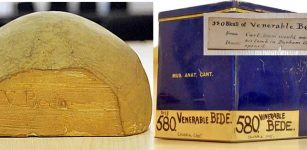 Medieval Burial Mystery: Enigma Of Missing Bones Of The Venerable Bede
News | Sep 10, 2015
Medieval Burial Mystery: Enigma Of Missing Bones Of The Venerable Bede
News | Sep 10, 2015 -
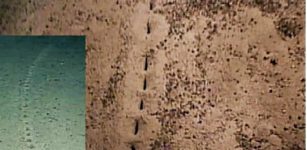 Who Or What Made These Mysterious Holes At The Bottom Of The Atlantic Ocean?
News | Mar 23, 2023
Who Or What Made These Mysterious Holes At The Bottom Of The Atlantic Ocean?
News | Mar 23, 2023 -
 10 Incredible And Bizarre Ancient Cases Of Mass Hysteria
Featured Stories | Jul 14, 2015
10 Incredible And Bizarre Ancient Cases Of Mass Hysteria
Featured Stories | Jul 14, 2015 -
 Early Humans May Have First Walked Upright In The Trees 7 Million Years Ago
Human Beginnings | Dec 17, 2022
Early Humans May Have First Walked Upright In The Trees 7 Million Years Ago
Human Beginnings | Dec 17, 2022 -
 Stone Artifacts Reveal Long-Distance Voyaging Among Pacific Islands During The Last Millennium – New Study
Archaeology | Apr 21, 2023
Stone Artifacts Reveal Long-Distance Voyaging Among Pacific Islands During The Last Millennium – New Study
Archaeology | Apr 21, 2023 -
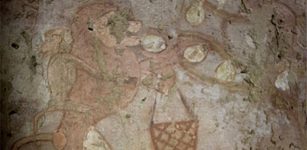 Tomb Of Hathor’s Priestess Hetpet Unearthed Near Pyramid Of Khafre, Cairo, Egypt
Archaeology | Feb 5, 2018
Tomb Of Hathor’s Priestess Hetpet Unearthed Near Pyramid Of Khafre, Cairo, Egypt
Archaeology | Feb 5, 2018 -
 10 Ancient Chinese Musical Instruments You Didn’t Know About
Featured Stories | Jan 20, 2016
10 Ancient Chinese Musical Instruments You Didn’t Know About
Featured Stories | Jan 20, 2016 -
 Ancient Egyptians Used Stripy Socks And May Have Invented Them
Ancient History Facts | Dec 5, 2018
Ancient Egyptians Used Stripy Socks And May Have Invented Them
Ancient History Facts | Dec 5, 2018 -
 Huldra: Seductive Female Creature Living In Forest Or Mountains In Norse Beliefs
Featured Stories | Feb 8, 2018
Huldra: Seductive Female Creature Living In Forest Or Mountains In Norse Beliefs
Featured Stories | Feb 8, 2018 -
 On This Day In History: Stone Of Destiny Stolen From Westminster Abbey In London – On Dec 25, 1950
News | Dec 25, 2016
On This Day In History: Stone Of Destiny Stolen From Westminster Abbey In London – On Dec 25, 1950
News | Dec 25, 2016 -
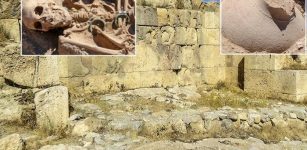 Urartian Noble Woman Buried With Jewelry Found In 2,750-Year-Old Necropolis Of Çavuştepe Castle
Archaeology | Sep 10, 2020
Urartian Noble Woman Buried With Jewelry Found In 2,750-Year-Old Necropolis Of Çavuştepe Castle
Archaeology | Sep 10, 2020 -
 On This Day In History: Isaac Asimov Creator Of Science Fiction Was Born – On Jan 2, 1920
News | Jan 2, 2017
On This Day In History: Isaac Asimov Creator Of Science Fiction Was Born – On Jan 2, 1920
News | Jan 2, 2017 -
 A 4.4 Million-Year-Old Hand Of ‘Ardi’ Has Some Clues On Humans’ Upright Walking
Fossils | Feb 25, 2021
A 4.4 Million-Year-Old Hand Of ‘Ardi’ Has Some Clues On Humans’ Upright Walking
Fossils | Feb 25, 2021 -
 Roman Forum (‘Forum Romanum’) – The Heart Of Ancient Rome
Featured Stories | Aug 5, 2019
Roman Forum (‘Forum Romanum’) – The Heart Of Ancient Rome
Featured Stories | Aug 5, 2019

